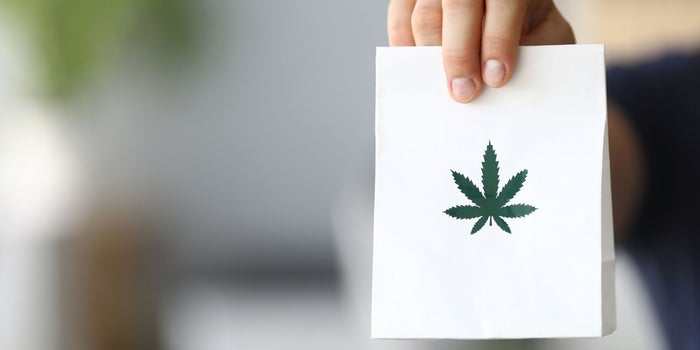Branding Pays off for Marijuana Companies

As the recreational marijuana industry expands and matures, branding will be a vital strategy for companies vying for market share. Companies that build identities that resonate with consumers while fulfilling their needs will continue to grow – even once the industry’s rapid expansion eventually slows. Building brands that connect to buyers takes time. But that work is already paying off for some companies in California, Colorado and Washington state.
Analysis of first-quarter market share data provided by marijuana analytics firm Headset shows some clear winners, particularly in consumer packaged goods categories such as edibles and beverages. While these segments don’t have the overall market share that flower does, they tended to be dominated by fewer brands when compared to flower in the states analyzed.
Beverage sales are dominated by two or three brands, which are often responsible for 50 percent or more of the sales in a state. The top two beverage brands in Washington state make up 77.2 percent of sales, led by Major, a local brand launched in 2019, which accounted for 50.9 percent of that state’s beverage sales in the first quarter of 2021.
Stillwater in Colorado led beverage sales in the first quarter with 39.4 percent of sales, while CANN Social Tonics pulled in 23.4 percent of sales in California. Introduced in 2019 as a microdosed THC drink blended with CBD, CANN Social Tonics climbed into the top beverage brand spot in California in about a year. The company entered the market with less than 0.1 percent of category sales, ranking it 15th. But by the fourth quarter of 2020 it had attained 20.6 percent of the beverage market.
This highlights there is plenty of room for market disruption from sophisticated brands that meet the needs of consumers. In this case, a marijuana-infused drink marketed as a “light and uplifting buzz” found its target.
The top brands in other categories, such as concentrates, flower and vape, often are more spread out between brands. In California, 28 brands accounted for the top 50.7 percent of flower sales compared to two brands making up 49.2 percent of edible sales. The flower category also has added competition from house or store brands in many markets.
For example, house brands were responsible for 63 percent of flower sales in Colorado for the first quarter of this year. But some regional brands have pushed through. Pacific Stone in California topped flower brands in the state with 4.7 percent of sales in the first quarter. Some states, like Washington, don’t permit house brands, allowing Phat Panda to top the flower market there with with 7.7 percent of flower sales.
Top brands have a bit more market share in the concentrates and vape categories, but rarely attain more than 15 percent of sales. The STIIIZY vape brand is the exception, topping the California vape market with 20.2 percent of sales.
One way to expand a brand’s dominance in a category is to expand the product offerings within the category. Product count doesn’t necessarily lead to a larger market share, but it doesn’t hurt. In the analysis of the three states, leading marijuana brands tended to have more product offerings when compared to other brands in the category.
But there are outliers.
Uncle Arnie’s Iced Tea Lemonade is a one product brand in California that brought in 5 percent of the total first-quarter sales for beverages in the state. In contrast, Cannavis Syrup brand had 39 SKUs in the same time period and accounted for 3.6 percent of total sales. Market-leading CANN Social Tonic had 16 products.
420 Intel is Your Source for Marijuana News
420 Intel Canada is your leading news source for the Canadian cannabis industry. Get the latest updates on Canadian cannabis stocks and developments on how Canada continues to be a major player in the worldwide recreational and medical cannabis industry.
420 Intel Canada is the Canadian Industry news outlet that will keep you updated on how these Canadian developments in recreational and medical marijuana will impact the country and the world. Our commitment is to bring you the most important cannabis news stories from across Canada every day of the week.
Marijuana industry news is a constant endeavor with new developments each day. For marijuana news across the True North, 420 Intel Canada promises to bring you quality, Canadian, cannabis industry news.
You can get 420 Intel news delivered directly to your inbox by signing up for our daily marijuana news, ensuring you’re always kept up to date on the ever-changing cannabis industry. To stay even better informed about marijuana legalization news follow us on Twitter, Facebook and LinkedIn.




